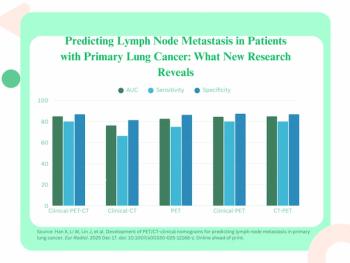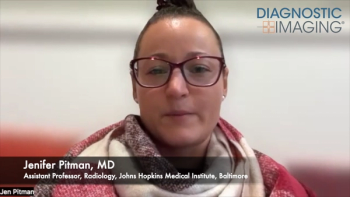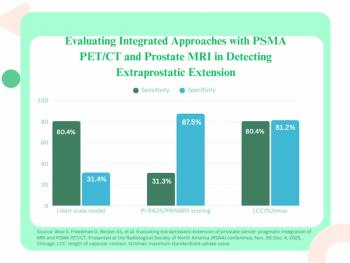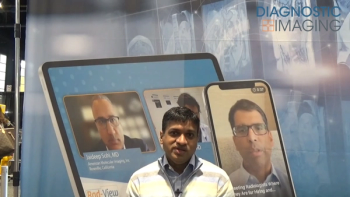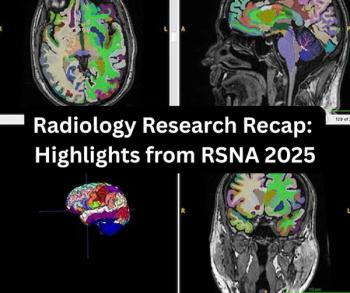
Dose reduction tips fit 64-slice, dual-source CT scanners
The extra radiation inherent in new CT technologies has made more urgent the need for strategies to reduce exposure. Two recently published studies address the issue of dose reduction with the latest generation of 64-slice and dual-source scanners.
The extra radiation inherent in new CT technologies has made more urgent the need for strategies to reduce exposure. Two recently published studies address the issue of dose reduction with the latest generation of 64-slice and dual-source scanners.
Modulating tube current is one way of controlling radiation dose. But tube current modulation cannot be selected manually when the scanner is fitted with an automated tube current modulation program. This could become an issue when trying to perform a particularly low-dose examination, such as a chest CT of a young woman.
Investigators at the University of Washington's radiology department led by Kalpana M. Kanal, Ph.D., assessed the relationship between image noise, slice thickness reconstruction, and radiation dose on a 64-slice scanner featuring automated tube current modulation. Kanal and colleagues relied on a phantom to gauge dose levels produced by several image noise and slice thickness settings. They developed a "noise index" spreadsheet and graph that display the noise/slice thickness/dose relationship. The device could help radiology departments figure out proper doses. Although results apply only to the GE LightSpeed CT scanner used in the study, they could be used to develop similar tools for other models (AJR 2007;189[1]:219-225).
Taking another tack, Mayo Clinic researchers led by Cynthia H. McCollough, Ph.D., compared the dose performance of 64-slice and dual-source CT scanning for ECG-gated coronary CT angiography. McCollough and colleagues used a 64-slice and a dual-source CT scanner from the same manufacturer (Siemens) and an anthropomorphic phantom for measurements. They found that dual-source CT with a temporal resolution of 83 msec can perform ECG-gated coronary CTA with similar image noise and lower radiation doses than a 64-slice CT. Results, however, were mostly based on the assumption this temporal resolution fits all heart rates (Radiology 2007;243[3]:775-84).
Newsletter
Stay at the forefront of radiology with the Diagnostic Imaging newsletter, delivering the latest news, clinical insights, and imaging advancements for today’s radiologists.

